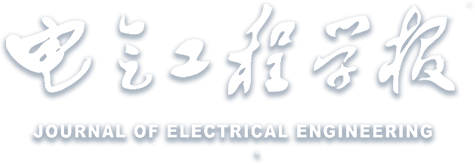Abstract:
With the continuous transformation of energy systems and the rapid development of new types of loads, the demand-side energy use behavior becomes more and more complex under small probability energy use scenarios such as extreme high temperature and extreme low temperature, and the risk of safe and stable operation of integrated energy systems gradually increases. Therefore, a multi-objective expansion planning method for integrated energy systems that takes into account the risk of overload operation of energy pipelines under small probability high energy use scenarios is proposed. A scenario generation model based on coupled adversarial variational self-encoder is established to generate cooling-thermal-electricity-gas load scenarios and obtain typical scenarios and small probability high energy use scenarios. On this basis, with the objectives of minimizing system expansion planning cost and minimizing energy pipeline risk in small probability high energy use scenarios, a small probability high energy use scenario is established. On the basis of this, an expansion planning model of the cooling-heating-electricity-gas integrated energy system with the lowest system expansion planning cost and the lowest energy pipeline risk for the high energy consumption scenario is established. The improved sparrow search optimization algorithm is used to solve the algorithm to realize the expansion planning of the cooling-heating-electricity-gas integrated energy system. This method improves the economy of expansion planning and operational reliability of integrated energy systems.


 下载:
下载: